Here is my photo-entry into the Gardening Gone Wild photography contest, this months theme is titled “Autumn Harvest”.
http://www.gardeninggonewild.com/?p=13636#more-13636
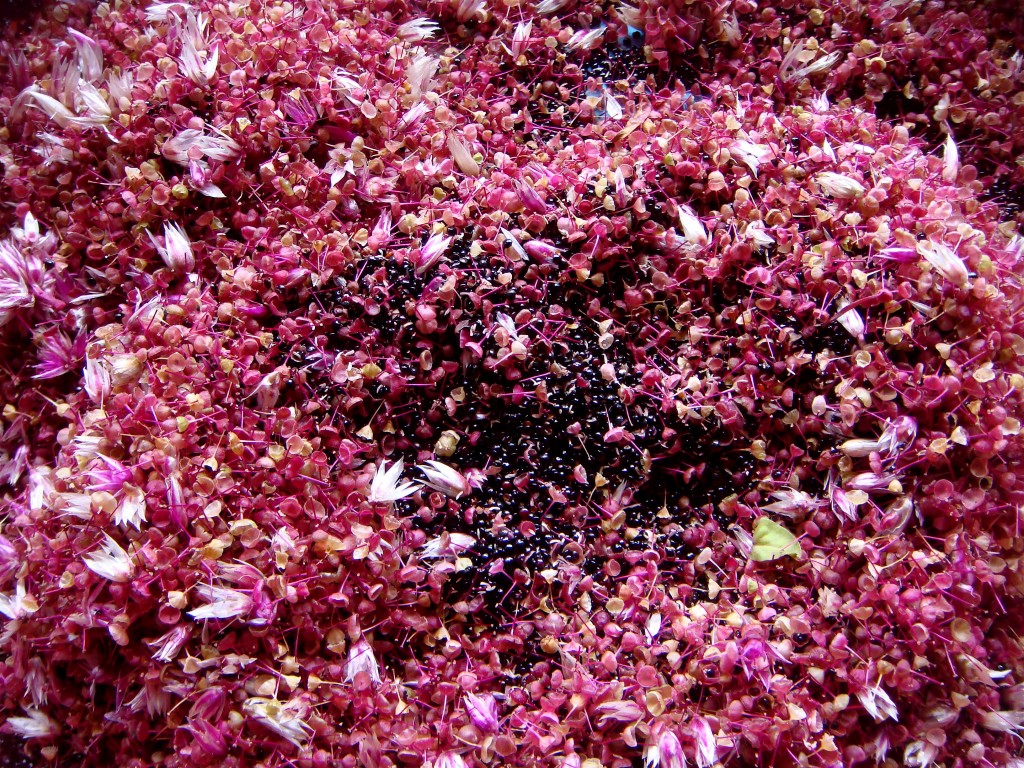
This is my annual amaranth, the “mystical grains of the Aztecs,” harvest, and it never fails to dye fingers in the Patch crimson for a few days every Autumn. The color of this harvest is incredible, and to me, indicative that we have shouldered another Texas summer and that fall has truly arrived.
Amaranthus
comprises some of the oldest and most important food crops on our planet. My amaranth produces copious amounts of these shiny jet-black seeds that resemble hematite (if you really zoom in).
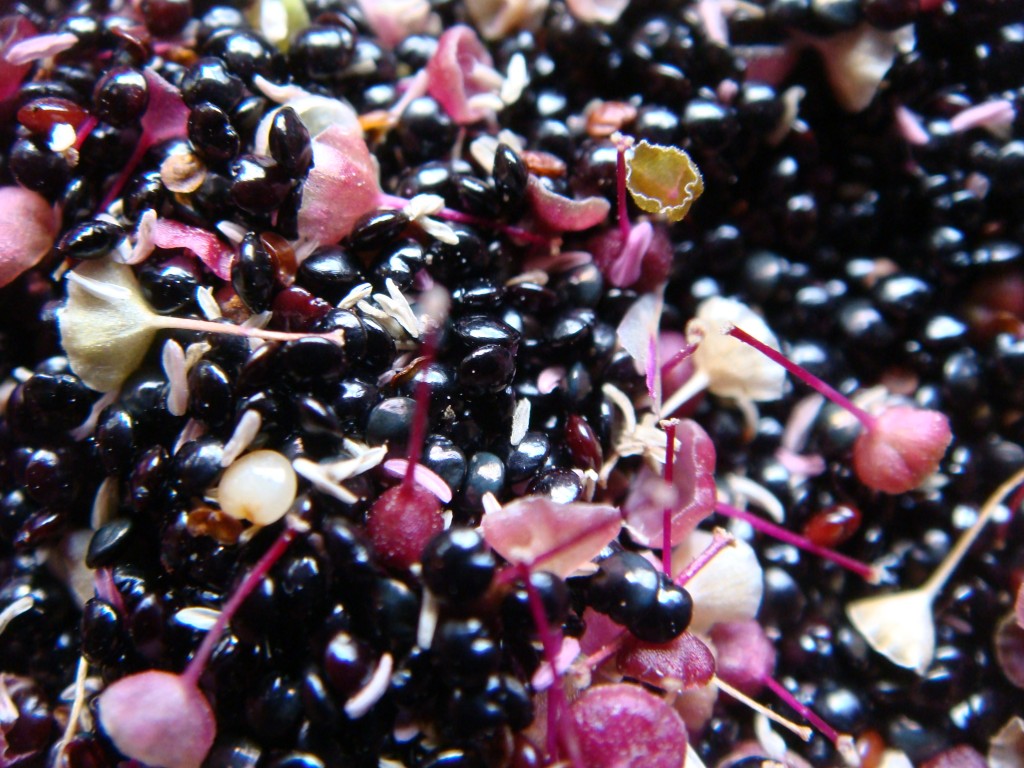 The seeds of this genus are edible and form a grain-like crop that is very popular in East Africa and India, we are only starting to find it in some organic foods stores here in the US. The seeds have a very high protein content, in fact the protein content supersedes that of conventional varieties of wheat, rice and corn. In addition to this, amaranth protein is rich in lysine, an amino acid, the plant is so abundant in lysine that it delivers twice the amount found in wheat and three times that found in corn. Not bad for a plant that is generally considered one of the world’s worst weeds! …(Surely it does not supersede Bermuda grass?)
The seeds of this genus are edible and form a grain-like crop that is very popular in East Africa and India, we are only starting to find it in some organic foods stores here in the US. The seeds have a very high protein content, in fact the protein content supersedes that of conventional varieties of wheat, rice and corn. In addition to this, amaranth protein is rich in lysine, an amino acid, the plant is so abundant in lysine that it delivers twice the amount found in wheat and three times that found in corn. Not bad for a plant that is generally considered one of the world’s worst weeds! …(Surely it does not supersede Bermuda grass?)
“Pigweed” is all I can say to that, (as it relates to my personal amaranth experience and Patch cultivar.)
Today, the amaranth plant is being subjected to various tests for agricultural development and it has been introduced to countries experiencing agricultural difficulties such as Kenya and Uganda. There are murmurings that the amaranth plant may be one answer to rural sustainable livelihood problems across the globe, but then again, I remember hemp also being touted in a similar renaissance light way back when? My purple stained fingers are crossed.
It is a great plant for fall color, one of my personal favorites, and can be a lot of unexpected fun if allowed to seed in the garden.
See you all in a few years…I am off to start an amaranth farm.
Stay Tuned for:
“Raining Beetles”
All material © 2010 for eastsidepatch. Unauthorized
intergalactic reproduction strictly prohibited, and
punishable by late (and extremely unpleasant)
14th century planet Earth techniques.
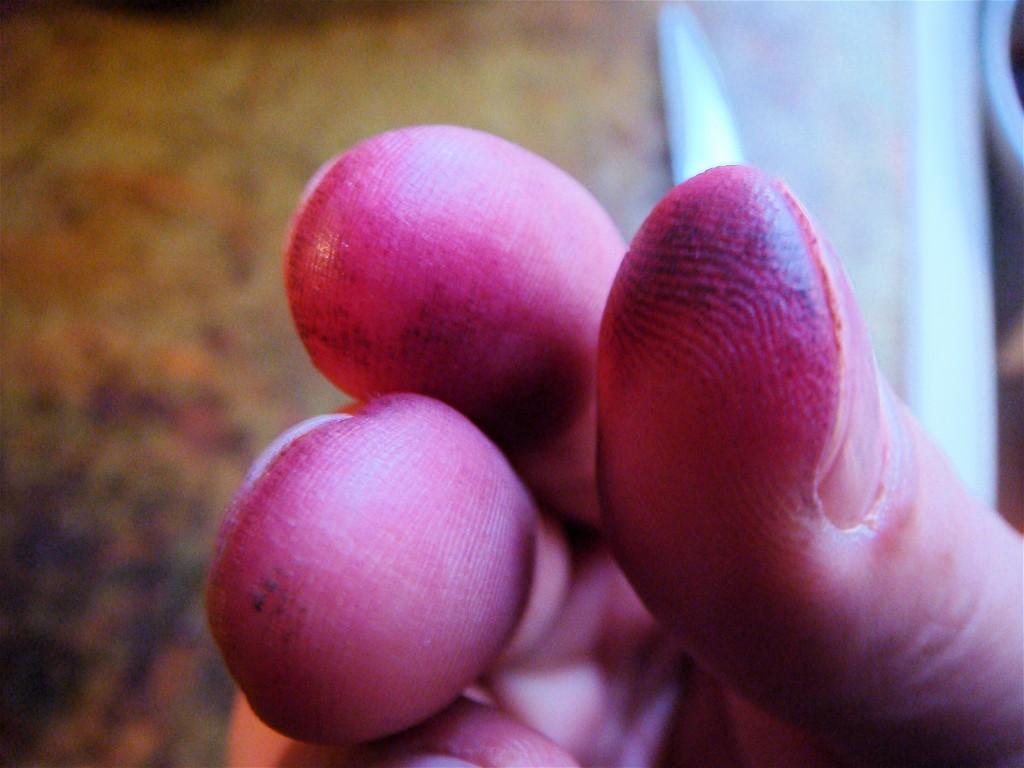
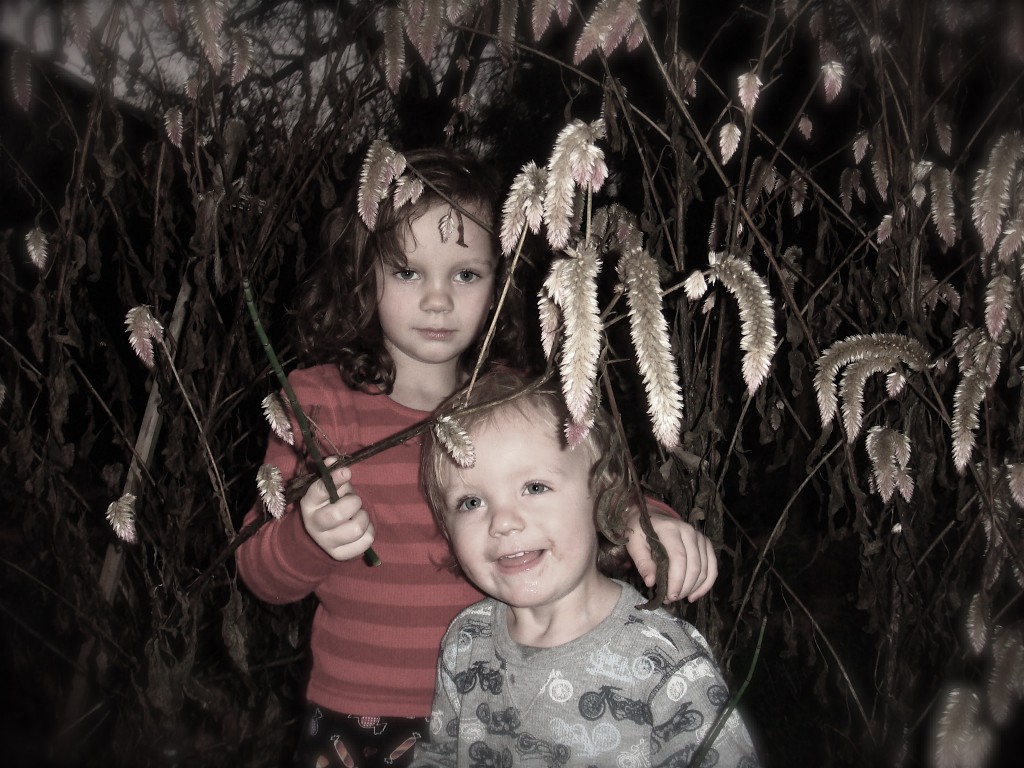
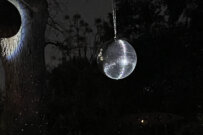





























































Comments on this entry are closed.
I had no idea Amaranth was edible! Thanks for the lesson, Professor ESP!
I just hope you have executed your amaranth homework? Or you know there will be dire consequences!
FYI: The leaves are also edible, just consider them a micro-green, (anything under 5 weeks old). The plant should be only a few inches in height when you pick them or you run the risk of bitterness due to an excess of nitrates! Good in salads.
Am I in a professor mode again? Ahh!
Oh and should you die?…I cannot be held responsible:-)
Good to hear from you Suzie.
ESP.
Tell you what Suzie – you go ahead and try it out first and the rest of us will watch and wait with 9-1 already dialed….
The color of that harvest is absolutely gorgeous ESP. And according to you, what with the finger dyeing, it is a gift that keeps on giving. Did you get the plant locally and if so please share your source. I’d be tickled to have such a world saving hunger fighting plant in our mix. I knew it was edible but sure didn’t know it would grow around here and especially not so beautifully. So…where do I get me mine please?
Nice to know that something that grows so easily can be of use to the population. I wonder about the harvesting for food source. Plenty of hobbits in the photo! Are there many kinds because the one I have may have come from a packet of seeds called ‘Joseph’s coat” Then again seed companies seem to like to trick you with new names and colorful pictures. It does indeed have multicolored leaves if given the benefit of age and cooler nights. On the other hand a lady, doing the job that the Hobbit’s at your house love to do, at the NG gave me some seeds too. Maybe they were the same. Anyway the plants keep coming up all over the place. I noticed a hummingbird on one of the flowers yesterday. I thought that quite surprising as they are rather dry and paper like. They make great dried arrangements.
Good luck with your abundant harvest.
Hi TD.
Oh come on what ever happened to the adventurous culinary spirit?
Most amaranths we get around here are not the cultivated grain species (YouTube clip), but the leaves as far as I can understand are edible. My wife has devoured some and lived…I have just errrr have never got round to it? :-)
The color is amazing and the harvesting has become somewhat of a ritual here in the Patch. I obtained my first seeds from The Natural Gardener some years back, and have gathered seedpods and distributed the seeds from these plants all over the place every year since. Germination rate is pretty good, better if the seed is distributed directly into a layer of decomposed granite.
It is a great plant and extremely underused, I have people ask me all the time what it is. Yes Deb you have to get this one.
ESP.
Hi Jenny.
Yes there are lots of different species of amaranth about 60, a few of these are considered some of the world’s worst weeds, but don’t let that put anyone off! Interestingly one of these weeds, Amaranthus palmeri has developed a new herbicide-resistant strain that is Glyphosate-resistant! I really hope this never happens with Bermuda grass! I would have to go and live on a boat.
Along with the grain varieties are a few ornamental ones as well, I believe the one we both have is actually a variety of Celosia_spicata or cockscombs or woolflowers? (amaranth family) http://en.wikipedia.org/wiki/Celosia but I am not 100% sure, it really is a tough one to identify!
Anyway I love the way they look and yes, I have also seen hummers tucking into them, I guess the dyed red fingers are an indication how much nectar these pods are packing.
Thanks Jenny.
ESP.
Great top photo. What variety of amaranthus is that? It looks more like “feathered amaranth”, Celosia, rather than the edible amaranths I know.
I just read your comments. Edible amaranth is a vegetable in the Caribbean ( as in much of the tropics) grown for their leaves which are basically the tropical version of spinach. In fact that is what I knew as “spinach” growing up.
However what you have appears to be celosia and is not a variety that is eaten here. Wikipedia says: “Celosia argentea var. argentea or Lagos spinach (a.k.a. quail grass, Soko, Celosia, feather cockscomb) is a broadleaf annual leaf vegetable belonging to the Amaranth family (Amaranthaceae).” and “celosia is known as a foodstuff in Indonesia and India”. So you do appear to have a plant with edible leaves.
Hi Nicole.
Yes it is Celosia and yes you can eat the leaves, information is scarce as to the properties of the seeds of this plant, but they do look nice! Apparently in Africa and Southeast Asia the leaves and flowers of this plant are consumed…currently trying to find out how the flower part is processed and into what?
I believe these are Silver Cockscomb, Flamingo Feathers, Wheat Celosia although in Wikipedia it says this plant only gets to about 3-4 feet…mine are currently 8 feet? Hmm.
I need to amend that statement…they were 8 feet until hurricane Hermine blew in and flattened them last night!
Irritating, but did we need some rain!
Thanks on the picture front, and your information on this plant.
ESP.
Wow – I’d never heard of this stuff before I saw your entry to the picture this comp. Good luck. Oh and good luck wit the Amaranth Farm too – pink fingers are a good compliment to a green thumb!
Hi Byddi.
Yes what an interesting plant. Being a Celosia, mine is not the full-on crop variety, but it is a great annual. Check out the annual seed harvest from last year:
https://www.eastsidepatch.com/2008/12/purple-harvest/
Very clever on the finger and thumb front :-)
Thanks for dropping in Byddi.
ESP